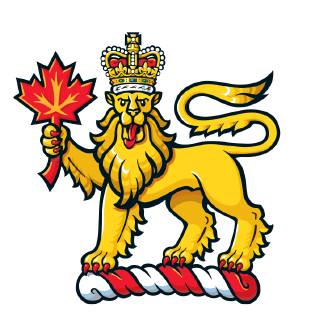This content is archived.
Rideau Hall, Friday, October 16, 2015
My predecessor, the Right Honourable Roméo LeBlanc, once said:
“Very few of us in this country share the same past, but all of us share the same future.”
How very true!
Each of you knows that Canadian history is nothing if not diverse.
And, whether we realize it or not, we’re shaped by our history. We swim in its currents. We’re surrounded by it.
That’s certainly the case here at Rideau Hall. Consider this ballroom. It’s full of history.
For example, look at this portrait of Her Majesty The Queen to my left.
It was painted to mark Her Majesty’s Diamond Jubilee—which is a fancy way of saying her 60th year as our queen. It was unveiled in Her Majesty’s presence during a special ceremony at Buckingham Palace.
This portrait is now part of our heritage. Imagine the interest with which future historians will study it and the times in which it was commissioned and painted!
At the opposite end of the room behind you are a number of other paintings. They’re by artists Carl Beam, George Clutesi, Alex Janvier and Daphne Odjig.
Their presence symbolizes the ongoing dialogue between First Nations and the Crown—another part of our living history.
And above us, behold the beautiful chandelier given to Canada by the people of Britain as a thank you for Canadian sacrifices in the Second World War.
History is everywhere here!
Today, we’re celebrating some truly remarkable achievements in the study and teaching of history.
To our laureates: thank you. I’m so grateful for your efforts.
An understanding of our history helps us understand who we are and where we’re going.
It helps us to learn from the mistakes of the past, and to do better in the future.
It gives us a better appreciation of how unique and precious this country is.
Each of you has shown such passion for Canadian history.
You’re curious and you’re creative.
You’re researchers and storytellers and curators and writers.
Some of you are teachers, but all of you are students—some of you young, others older!
I’m so encouraged by the variety of your studies, and I want to say: keep going. Keep digging and asking questions and interpreting and sharing what you learn.
I also want to make a special request of you. This goes for everyone in the room.
Many of you will know that last spring, we hosted the ceremonial closing of the Truth and Reconciliation Commission here at Rideau Hall. It was a historic moment for Canada.
One of the many findings to emerge from the Truth and Reconciliation Commission was the fact that far too few Canadians know the history of residential schools, of the treaties we have signed and of the contributions Aboriginal peoples have made to the building of Canada.
As students of Canadian history, we must work to improve this knowledge. It can help us build a better country.
As the commissioners wrote in their final report:
“History plays an important role in reconciliation; to build for the future, Canadians must look to, and learn from, the past.”
Let’s act on that insight. Let’s think of how history can pave the road to reconciliation!
I thank all of you for studying our past and for sharing your learning with others.
And congratulations on this honour. It is well deserved!
